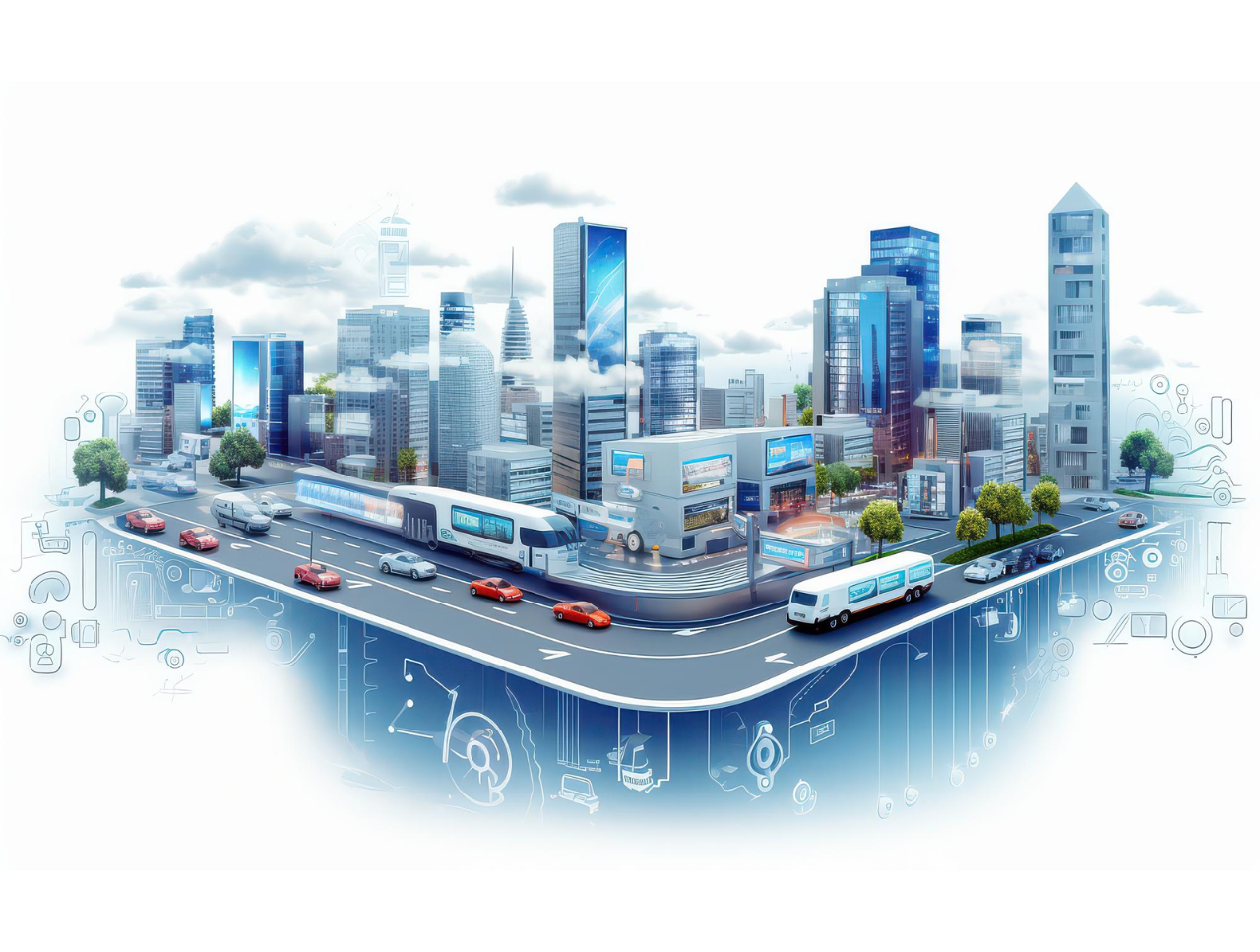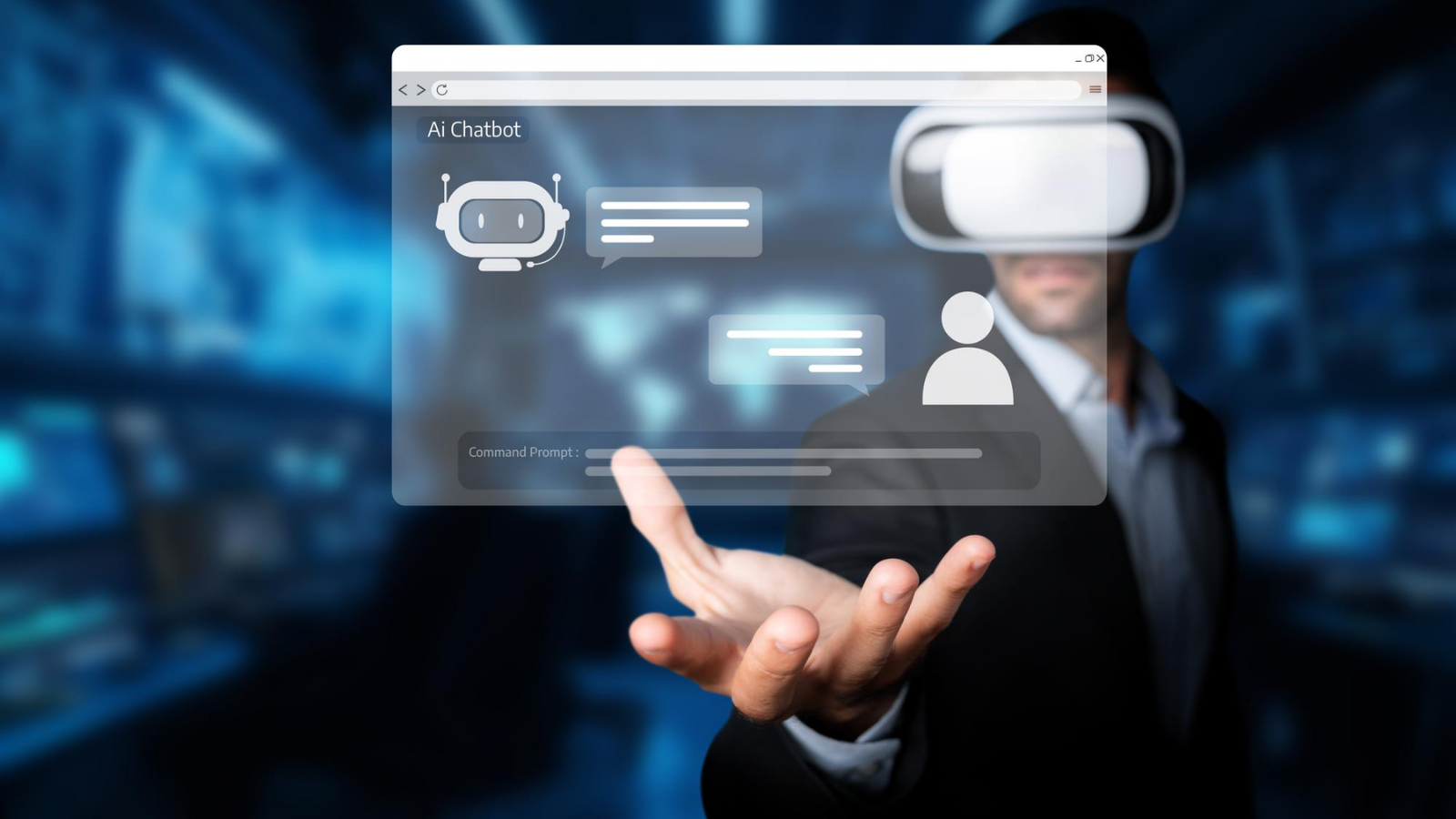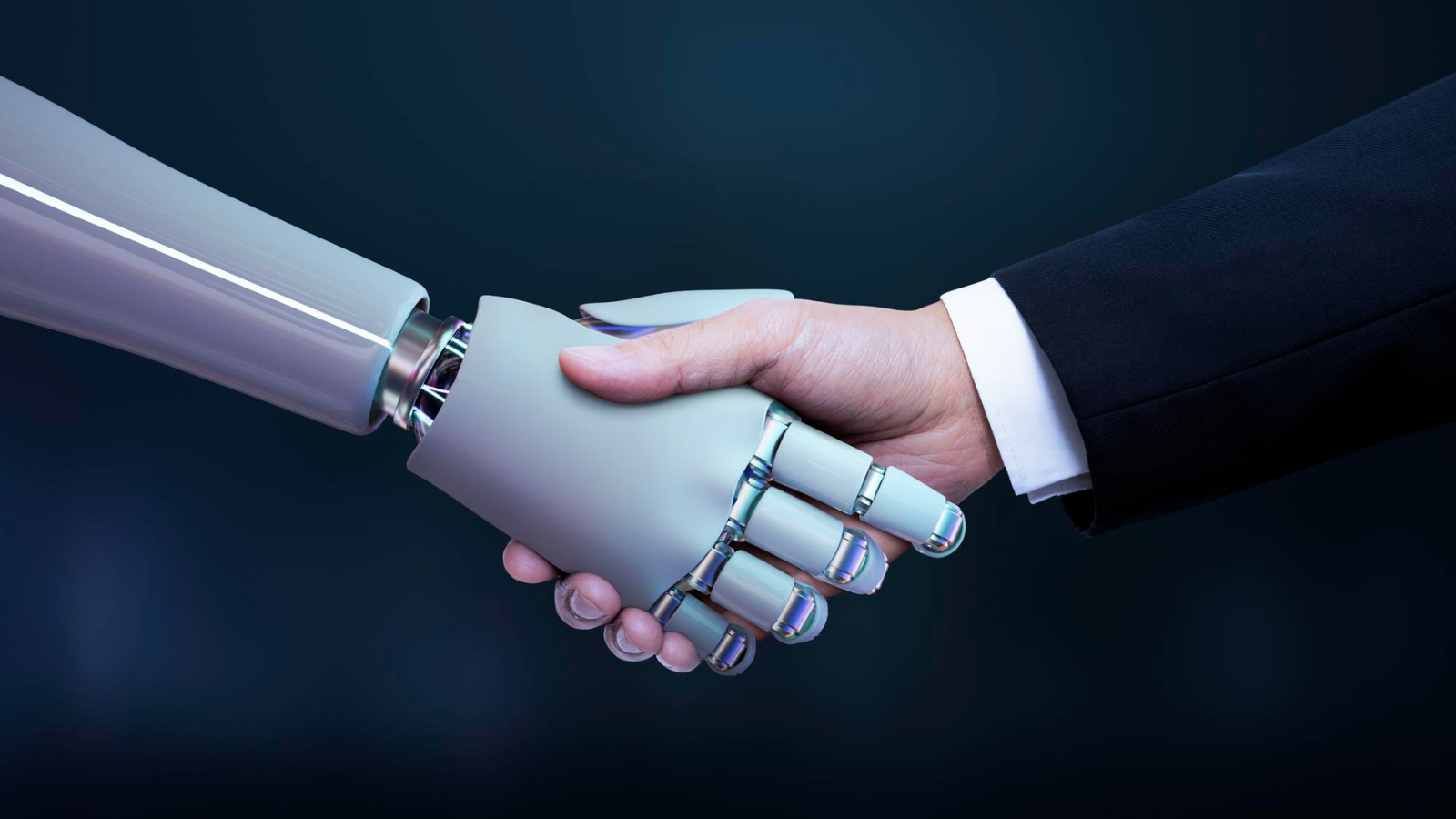In the rapidly evolving technological landscape, the Internet of Things (IoT) has emerged as a transformative force. It connects physical devices, sensors, and machines to the internet, enabling them to communicate and share data in real-time. However, IoT’s true potential is being unlocked by another revolutionary technology—Artificial Intelligence (AI). When AI is integrated with IoT, it amplifies the capabilities of connected devices, allowing for smarter decision-making, predictive analytics, and automated systems.
In this blog, we will explore how AI is enhancing the Internet of Things, the technical details behind this synergy, and the immense value it offers across industries.
What is the Internet of Things (IoT)?
At its core, IoT refers to the network of physical devices—ranging from smartphones and wearables to industrial machines—embedded with sensors, software, and network connectivity that enables them to collect and exchange data. These “smart” devices gather enormous amounts of data every day, but the real challenge lies in processing and analyzing this data efficiently.
This is where AI steps in.
How AI Enhances IoT Capabilities
While IoT generates vast amounts of data, AI analyzes this data to extract actionable insights. AI algorithms process data in real-time, identifying patterns, trends, and anomalies that can drive automated decisions or trigger pre-defined actions. Let’s dive into some key roles AI plays in enhancing IoT:
1. Predictive Maintenance
One of the most impactful applications of AI in IoT is predictive maintenance, particularly in industrial settings. IoT sensors continuously monitor equipment performance, collecting data on temperature, vibrations, pressure, and more. AI then analyzes this data to predict when a machine or component is likely to fail.
For example, in manufacturing plants, AI-powered IoT systems can anticipate machinery breakdowns before they occur, allowing for timely maintenance. This not only reduces downtime but also extends the lifespan of the equipment, saving costs and improving operational efficiency.
2. Smart Automation
Automation is a core benefit of IoT, but AI elevates this by enabling smart automation. AI-driven IoT systems can adapt to changing conditions and learn from previous actions. For instance, in smart homes, AI can analyze data from various IoT devices (e.g., lighting, heating, and security systems) and automate adjustments based on user preferences or real-time events.
AI ensures that automation is not rigid. Instead, it becomes context-aware, continuously learning and improving efficiency over time. Whether it’s a thermostat that learns your ideal home temperature or a supply chain system that autonomously adjusts based on real-time demand, AI brings true intelligence to IoT-powered automation.
3. Data-Driven Insights
IoT generates vast amounts of data, often in an unstructured format. AI’s ability to process and analyze big data is crucial in turning raw data into valuable insights. By applying machine learning algorithms, AI can identify trends and patterns within IoT data streams, which can be used for everything from optimizing business processes to enhancing customer experiences.
For example, retail businesses can leverage AI-powered IoT devices to monitor customer behavior in stores, such as foot traffic and product interaction. AI then analyzes this data to provide insights into customer preferences, helping retailers optimize store layouts, inventory, and marketing strategies.
4. Enhanced Security
The connectivity that IoT provides also brings security challenges. With more devices connected to the network, the potential for cyber threats increases. AI plays a crucial role in safeguarding IoT environments by identifying and mitigating security risks in real-time.
AI algorithms can monitor network activity, detect suspicious behavior, and automatically respond to security breaches. By using machine learning, AI can learn from previous cyberattacks and strengthen IoT networks against future threats, making security systems more adaptive and resilient.
5. Edge AI for Real-Time Processing
With billions of IoT devices generating data, centralized cloud processing can lead to latency issues. Edge AI addresses this by processing data locally at the device level, reducing response time and bandwidth consumption.
For example, in autonomous vehicles, data from IoT sensors like cameras, radar, and LiDAR need to be processed in real-time to ensure safe driving. Edge AI enables quick decision-making by analyzing data on the spot, without relying on cloud infrastructure, which is crucial for mission-critical applications.
Key Industries Benefiting from AI-Enabled IoT
The integration of AI and IoT is revolutionizing several industries, offering businesses new opportunities to improve efficiency, reduce costs, and enhance user experiences.
1. Healthcare
AI-powered IoT devices are transforming healthcare by enabling remote patient monitoring and predictive diagnostics. Wearable devices can monitor a patient’s vitals and send real-time data to healthcare providers. AI analyzes this data to detect early warning signs of health issues, allowing for timely interventions and improving patient outcomes.
2. Smart Cities
Cities around the world are adopting AI-driven IoT systems to enhance infrastructure, reduce energy consumption, and improve public services. For instance, smart traffic management systems use IoT sensors to monitor traffic flow, and AI analyzes this data to optimize traffic signals, reduce congestion, and lower pollution.
3. Manufacturing
The industrial sector is perhaps the largest adopter of AI in IoT. From predictive maintenance to supply chain optimization, manufacturers are leveraging AI to enhance efficiency, reduce operational costs, and improve product quality. AI-powered robotics and automation systems are revolutionizing the factory floor, driving the next industrial revolution, often referred to as Industry 4.0.
4. Agriculture
Smart agriculture is another area where AI-enabled IoT is making a significant impact. IoT sensors monitor soil conditions, weather patterns, and crop health, while AI algorithms analyze this data to provide farmers with actionable insights. This helps optimize irrigation, fertilizer use, and harvesting schedules, leading to higher yields and more sustainable farming practices.
Challenges in Integrating AI and IoT
While the combination of AI and IoT holds immense promise, there are challenges that organizations need to address:
1. Data Privacy and Security
IoT devices collect a massive amount of data, much of it personal or sensitive. Ensuring that AI systems protect this data and comply with privacy regulations is critical to gaining user trust.
2. Infrastructure Costs
AI-driven IoT solutions often require advanced infrastructure, including cloud computing resources, data storage, and high-speed networks. The costs of implementing and maintaining these systems can be a barrier for some businesses.
3. Skill Gaps
As AI and IoT technologies evolve, the demand for skilled professionals who can manage and develop these systems is growing. Organizations need to invest in training and upskilling to ensure they have the right talent to fully leverage AI and IoT.
Looking Ahead: The Future of AI in IoT
The future of AI in IoT is incredibly promising. As AI technologies continue to improve, they will unlock new possibilities for IoT, from smarter homes to fully autonomous industries. The integration of 5G networks will further enhance the speed and efficiency of AI-powered IoT systems, driving innovation in ways that we can only imagine today.
At Nuclay Solutions, we specialize in delivering cutting-edge AI and IoT solutions tailored to meet the needs of businesses across industries. Our team of experts is committed to helping you harness the power of these technologies to transform your operations and drive growth.
Ready to integrate AI with IoT for your business?
Contact us today to learn how our innovative solutions can help you stay ahead in a competitive market.



